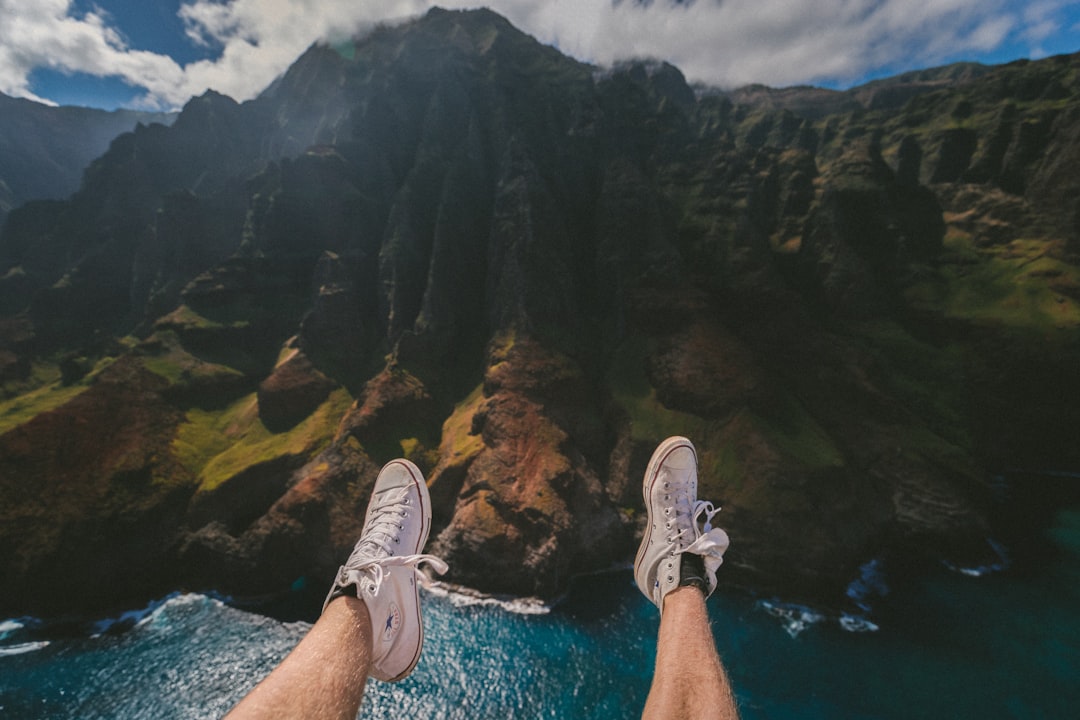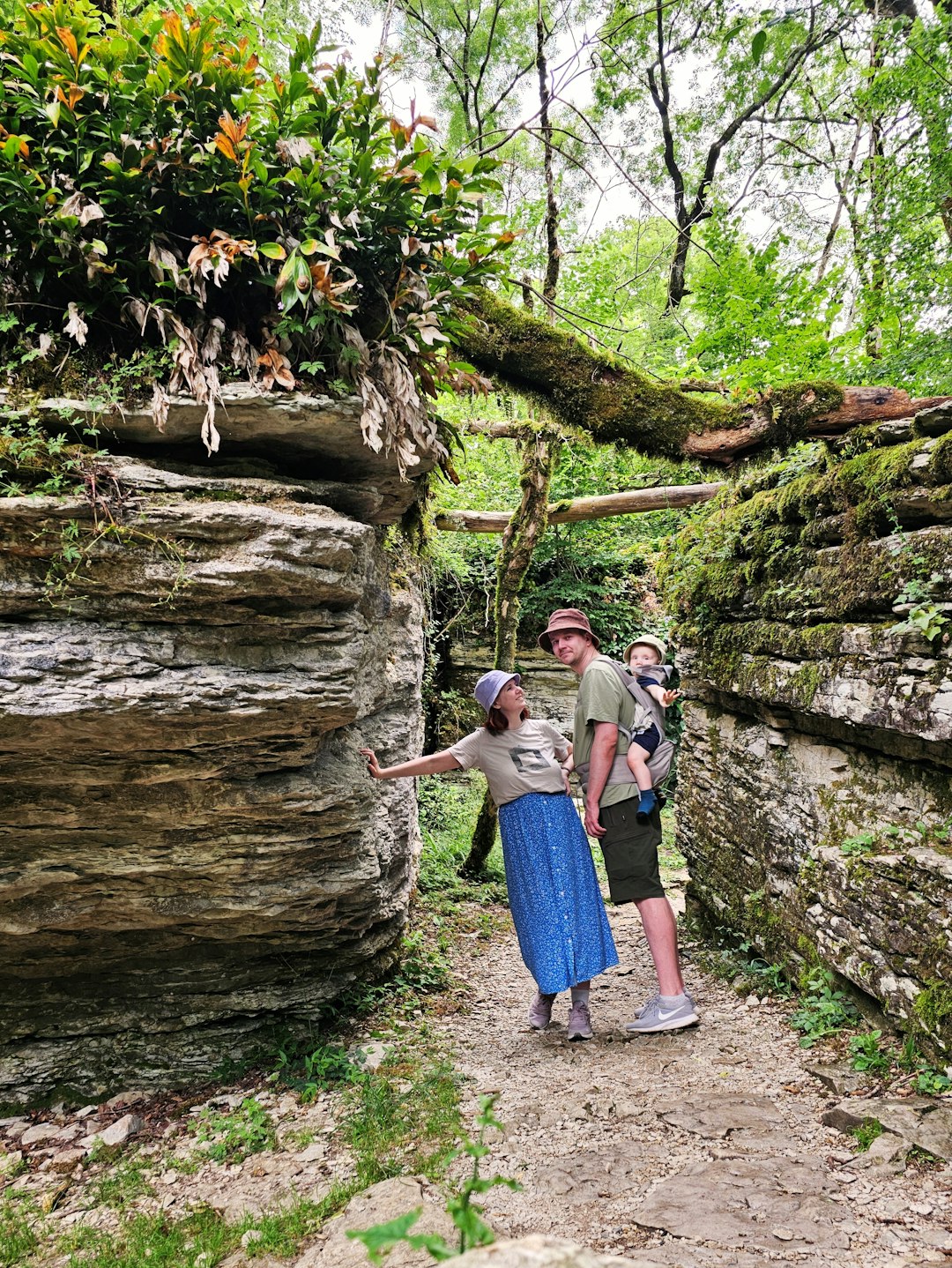
How to Plan an Adventure Trip: Your Ultimate Guide.
# Introduction. Planning an adventure trip can be one of the most exhilarating experiences of your life. The thrill of exploring nature, challenging yourself physically, and creating unforgettable memories awaits anyone ready to embark on an adventure. However, planning such a trip requires careful thought, organization, and consideration of various factors to ensure safety and enjoyment. Whether you are a seasoned explorer or a newbie seeking excitement, this guide will help you navigate the essential elements of planning an adventure trip that caters to your personal interests and abilities. # Identify Your Adventure Type. The first step in planning an adventure trip is defining what type of adventure you want to pursue. The choices range from high-energy actions like rock climbing, white-water rafting, and mountain biking to more serene experiences such as hiking, kayaking, or wildlife photography. Consider what excites you the most and align those interests with your physical capabilities. Researching locations that offer these activities is also important. For example, if you’re interested in sea kayaking, look for destinations with beautiful coastlines, such as the Pacific Northwest or the Caribbean. Keeping your goals and guidelines in mind will create a foundation for your trip. # Research Destinations. Once you have identified your dreamed-on activities, dive into researching the top destinations known for those adventure types. For instance, if trekking is your passion, countries like Nepal, Patagonia, and Bhutan are revered spots. Look for online resources such as travel forums, blogs, and adventure magazines that showcase personal stories and essential tips. Local tourism boards can also provide insightful information on routes, necessary permits, and the best times to visit. Additionally, consider climate, terrain, and accessibility, as these factors can greatly impact your adventure experience. # Budgeting and Saving. After narrowing down your destination, it is time to tackle the financial aspect. Creating a realistic budget that encompasses travel expenses, accommodation, equipment rental, food, and activities is essential. Look for ways to stay within budget while still ensuring you can enjoy your adventure. This could mean booking flights early, hunting for discounted prices, or opting for local eateries instead of tourist traps. If the trip extends over a more extended period, start a specific savings plan dedicated to this adventure. Even small contributions over time can substantialize for significant travel expenses. # Gear Up and Safety Measures. Depending on your chosen adventure, you'll likely need specific gear and equipment. For example, if you're planning a multi-day hike, sturdy boots, a reliable backpack, and proper clothing are vital. Consider investing in good quality gear that will last for years and increase your overall adventure experience. Simultaneously, make sure to prioritize safety by determining what safety measures you might need based on your activity—this could include checking for necessary permits, enrolling in courses (like first aid or survival courses), or hiring a local guide for assurance during tough treks. # Create An Itinerary. While spontaneity is a thrilling component of an adventure, having a flexible yet coherent itinerary can help enhance your experience. Outline your travel dates, planned activities for each day, accommodations, and possible contingencies. This will allow for clarity and ensure you maximize your time without getting overwhelmed. Remember, though, an adventure is also about experiencing the unexpected, so leave room for changes or serendipitous discoveries along the way. Consider including activity timeboxes, downtime, and opportunities for local exploration. # Embrace Local Culture. Adventure trips are a great opportunity to engage with local cultures and communities. This not only enriches your experience but also creates connections with people you would never encounter otherwise. Research cultural norms, etiquette, and perhaps even a few phrases in the local language to show respect and openness. Look for local tours, cooking classes, or volunteer opportunities that allow you to absorb the culture more fully. These experiences can turn a good trip into an unforgettable journey. # Conclusion. Planning an adventure trip takes time, research, and thoughtfulness but yields rewards that often exceed expectations. By identifying your adventure type, finding exciting destinations, budgeting effectively, gearing up thoughtfully, creating a structured itinerary, and embracing local culture, you position yourself for a successful trip. Ultimately, adventures are about stepping outside your comfort zone, embracing new experiences, and becoming a part of the natural world. Get ready to step into an adventure that will write the story of your journey for years to come. .








